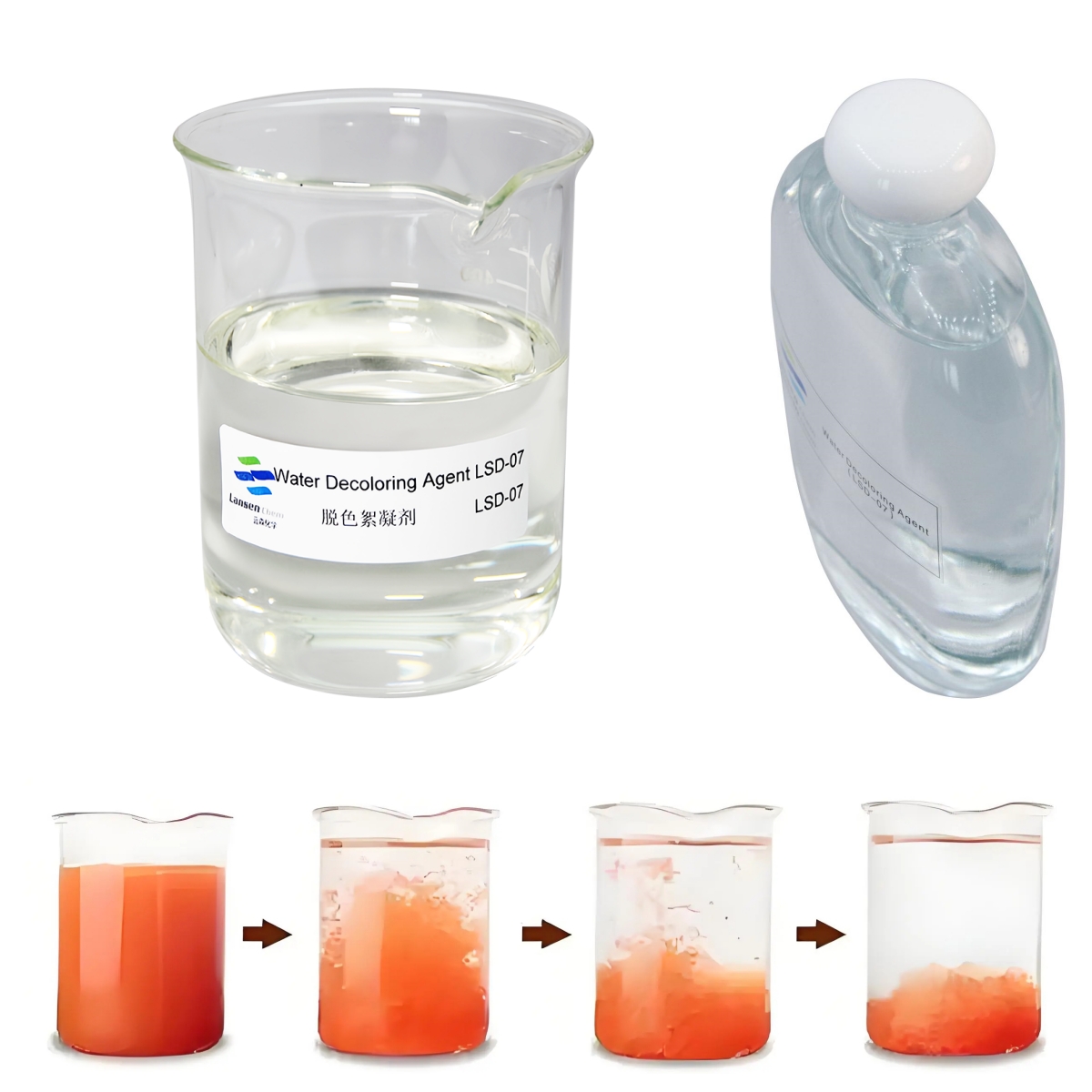Printing and dyeing plants are important production sites for dyeing and printing textiles, but high levels of dye and pigment pollution can cause serious damage to water bodies and ecosystems.
For this reason, printing and dyeing plants need to treat high-chroma wastewater.
High chroma wastewater of printing and dyeing plant is the wastewater containing a lot of dyes and pigments generated in the printing and dyeing process. Traditional wastewater treatment methods have limited effectiveness for high-chroma wastewater, so specific decolorizing agents are needed for treatment. The application of decolorizing agent can significantly reduce the chroma and dye concentration of wastewater, so that the wastewater can meet the environmental requirements.
Through physical adsorption, chemical reaction or coprecipitation and other mechanisms of action, the decolorizer can quickly transfer or transform the dye into harmless substances to achieve efficient decolorization effect.
The use of decolorizing agent can reduce the content of dyes and pigments in wastewater, reduce environmental pollution and ecological damage.
The decolorizing agent treatment of high chroma wastewater in printing and dyeing plant plays an important role in environmental protection and sustainable development. Through decolorizing agent treatment, printing and dyeing plants can effectively reduce the chroma and dye concentration of wastewater, meet the environmental requirements, and reduce the impact on the water ecosystem.
Contact details:
Lanny.Zhang
Email : Lanny.zhang@lansenchem.com.cn
Whatsapp/wechat: 0086-18915315135
Post time: Apr-15-2025


